Nikdye Realubit gave an overview of the different ecosystems and habitats that are found in along Manila Bay on 7 December 2012 during the 8th Philippine Bird Festival.space
Ecosystems Along Manila Bay: Connecting Biodiversity and Habitats
by Nikdye Realubit
Wild Bird Club of the Philippines


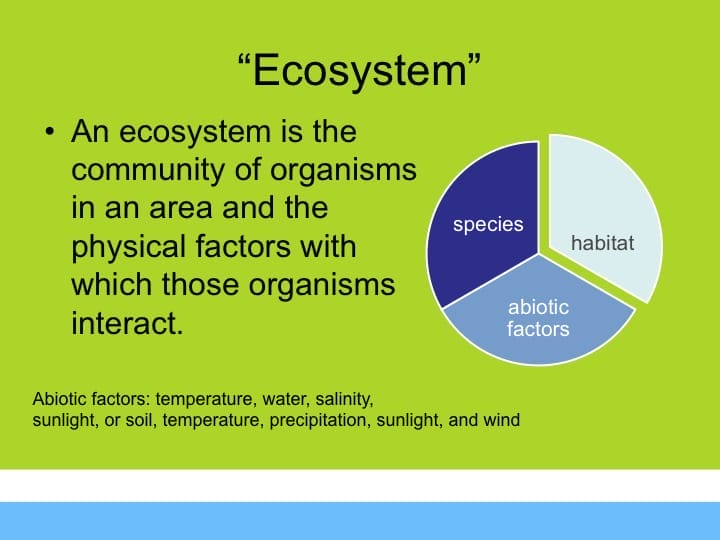
chemical and physical factors, such as temperature, light, water, and nutrients, that influence the distribution and abundance of organisms
We have seen how both biotic and abiotic factors influence the
distribution of organisms on Earth and determine the nature of Earth’s many biomes, major terrestrial or aquatic life zones, characterized by vegetation type in terrestrial biomes or the physical environment in aquatic biomes.
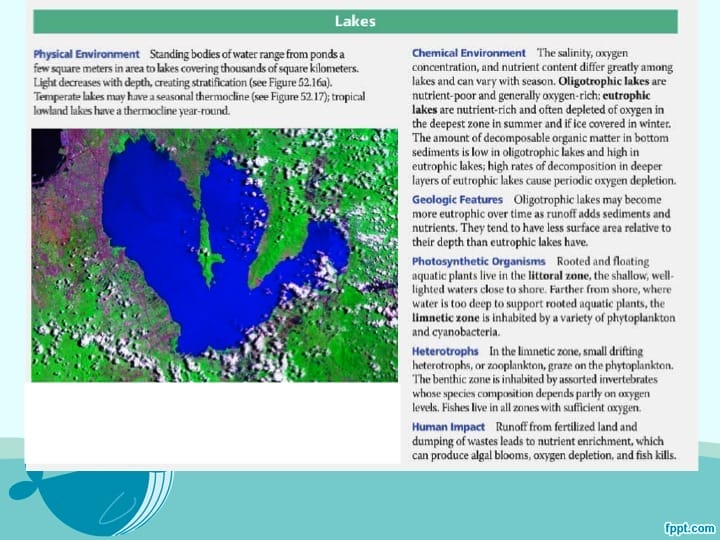
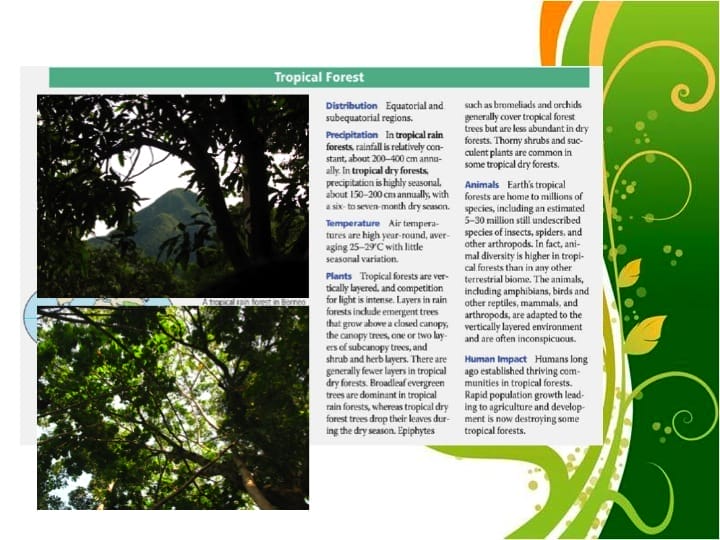
protection from soil erosion and help maintain the water levels and water quality in rivers and
streams.
Among the remaining forests in the Manila Bay area are Mt. Makiling, Angat Dam watershed, La Mesa Dam watershed, Mt. Palay-Palay, Mataas na Gulod National Park, Mt. Arayat, and other portions of national parks located in Bataan, Bulacan, Rizal and Tarlac.

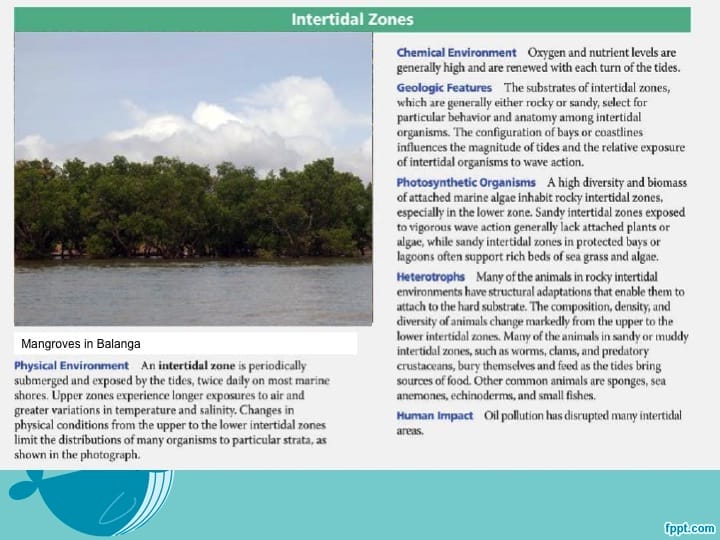
6 seagrass species
Patungan, Maragondon , Cavite Cymodocea rotundata
Sargassum spp. Alas asinm Mariveles, Bataan and Corregidor
Chaetomorpha crassa Freedom island Paranaque
2,000 hectares were recorded, and in 1995, only about 794 hectares remained.
Mangroves create unique ecological environments that host rich assemblages of
species. The muddy or sandy sediments of the mangal are home to a variety of epibenthic, infaunal, and meiofaunal invertebrates. Channels within the mangal support communities of phytoplankton, zooplankton, and fish. The mangal may play a special role as nursery habitat for juveniles of fish whose adults occupy other habitats (e.g., coral reefs and seagrass beds)
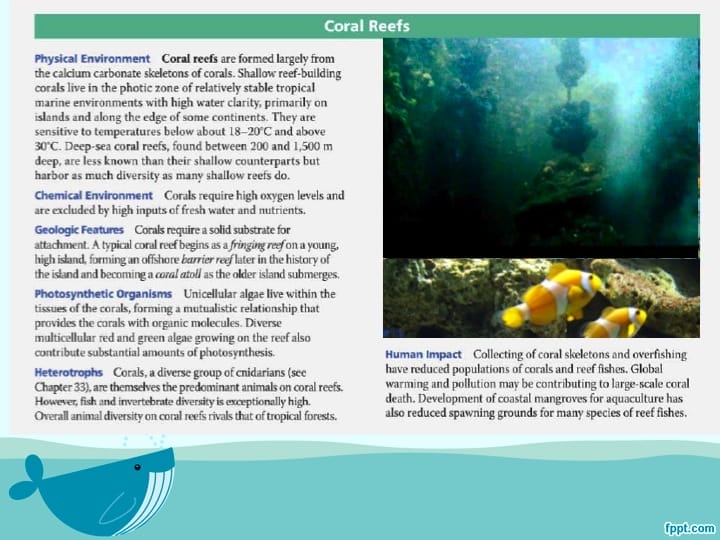
Calumpag, Cavite marine reserve-largest live coral cover with an average of 69.l4% in good condition in Marbella (36.3%) Alas-asin 37.39 and Corregidor (25.1)
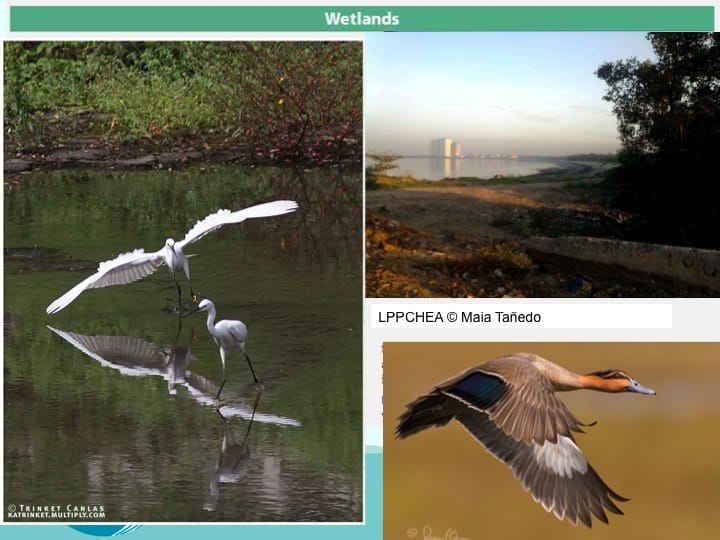
Wetlands in Manila Bay include mudflats, sand flats, swamps, beaches, mangroves and rocky shores. Millions of shorebirds rest and feed in wetlands of Manila Bay area when flying South from their breeding grounds in the arctic tundra during September to April, and returning North during the short northern hemisphere summer of May to August.
Mudflats are found along the coast of Bataan and Pampanga — areas suitable for shellfisheries.
Wetlands cover 4600 ha include mudflats, sandflats, swamps, beaches and rocky shores 53% mudflats in Bulacan, 29% in Pampanga, 17% in Bataan, sandflat in Cavite, Bataan and Metro Manila


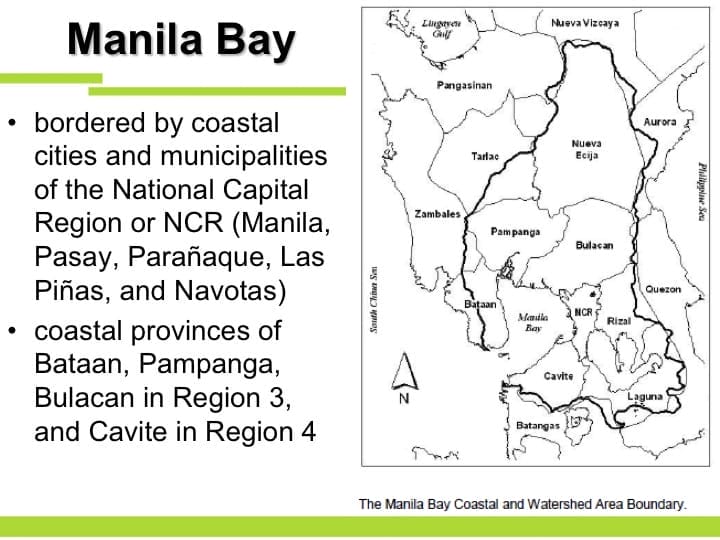

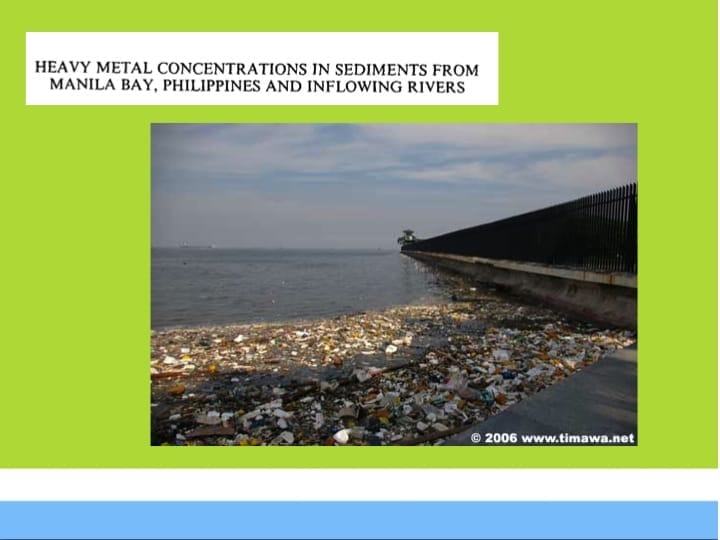

Pingback:January 2013 – Bird Festival Special Issue | e-BON